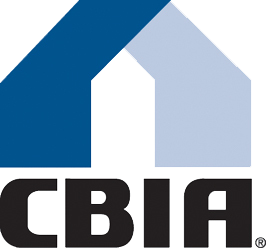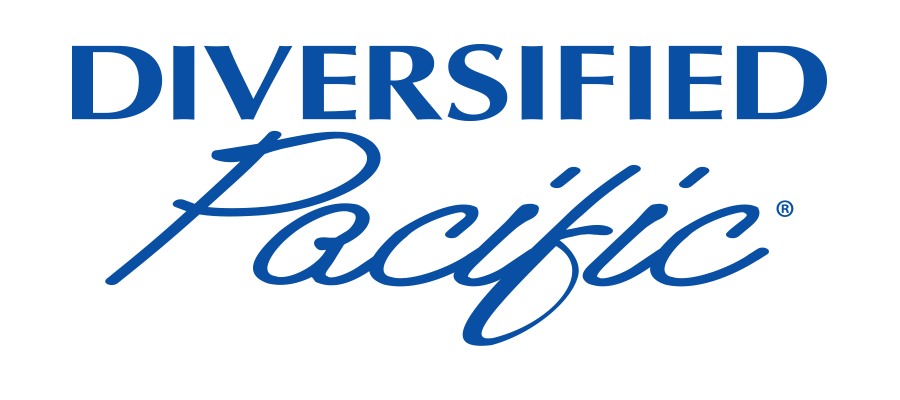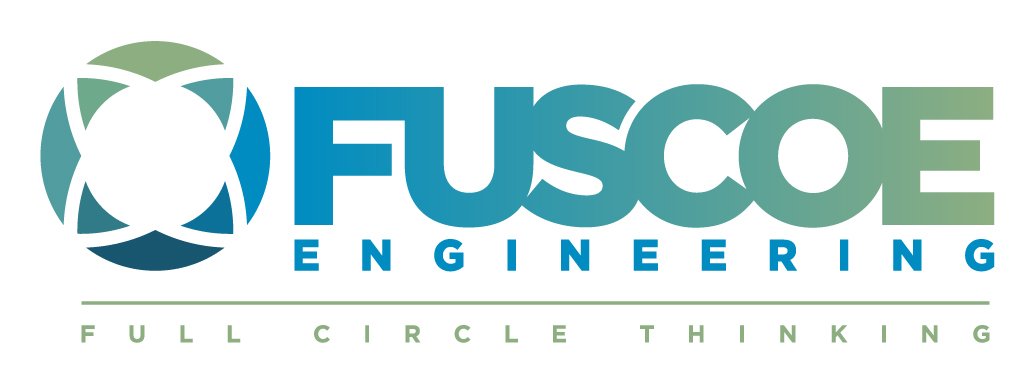Photo by Hutomo Abrianto on Unsplash
by Phillip B. Burum, Executive Vice President, Diversified Pacific,
President, Building Industry Association (BIA) Baldy View Chapter
Californians choose their home based on location, floor plan, price and size. All of these items, regardless of which is the top of the list and which is at the bottom, can boil down to comfort. We need the right neighborhood, layout, payment, and space in order to be comfortable in our home. Please notice that a major component of the comfort equation was left completely off the list above, which is the environmental comfort of our home.
If you have lived in California for more than ten minutes, you have assessed your environmental footprint and thought carefully about how you can reduce your carbon footprint. You may or may not have taken any actual action but, at least you have considered it.
Today’s new homes are the most environmentally-friendly and energy-efficient homes ever built. Although we all spend a great deal of time focused on how we impact our environment, we have chosen to spend a great deal less time dealing with how our environment affects us. The energy efficiency of the modern home comes with a price that many overlook. Airtight windows and properly sealed doors are all wonderful for reducing energy bills but by preventing air from circulating in and out of the home, stagnant air becomes trapped inside.
There are times of the year where even Southern Californians find themselves moving indoors, becoming dependent upon their HVAC (Heating, Ventilation and Air Conditioning) systems to keep them warm and cozy. A home’s heating and air conditioning system operates only as well as your maintenance allows. If you change your filters every four to six weeks and have the systems “tuned up” annually or semi-annually, you are getting the best out of what the system was designed for.
Maintaining a healthy indoor environment doesn’t stop with keeping HVAC filters clean. There are a few physical or mechanical solutions that should supplement the home’s basic filtration system. Start with keeping the home clean, dusting and vacuuming regularly, which will help get rid of dust mites, pet dander and tracked in allergens. In addition, you can lessen the likelihood of asthma triggers by fixing leaks and drips as soon as they start. Standing water encourages the growth of mold and mildew which are some of the most common triggers that can worsen asthma. Lastly, consider adding HEPA filters to the heavily used rooms of the home. HEPA filters work by forcing air through a fine mesh that traps harmful pollutants and particles, keeping them from recirculating throughout the air in your home.
In order to maintain the healthiest of indoor environments, however, mechanical solutions are not all that is required. According to How to Grow Fresh Air - 50 House Plants that Purify Your Home or Office by Dr. B.C. Wolverton, there are many common types of plants that can help filter and cleanse indoor air by working as “living” air purifiers. Dr. Wolverton suggests between 15 and 18 houseplants per 1,800-square feet, or about one per every hundred square feet. Most local nurseries and home improvement centers will be able to provide guidance on the specific plant species that will suit your needs so take a trip to the garden center this weekend and get started on your path to a healthier and happier indoor lifestyle.
Today’s homebuilders take considerable pride in the fact that homes built here in the Baldy View Region are the most environmentally-friendly homes ever built and utilize the latest technologies, materials and building techniques and designs.
They are designed and constructed by the most knowledgeable, highly trained and sophisticated homebuilding professionals in history. In fact, new homes built here in the Baldy View region far exceed federal government standards for energy-efficiency while at the same time reducing homeowners' environmental impact. By taking a few basic steps to help cleanse your indoor environment, including utilizing the right houseplants, your home will be healthier, safer and more comfortable all year round.
The BIA Baldy View Chapter seeks to advance the opportunity to attain the American Dream of home ownership. For additional information on homebuying, home improvements or the benefits of homeownership, go to www.biabuild.com on the web.
.
*****

































